Temporary Location - Selma Welcome Center
Due to the closure of the Selma Interpretive Center, the Selma Welcome Center at 14 Broad Street has trail staff to provide visitor information services.
Selma Interpretive Center Closed for Major Construction
The Selma Interpretive Center will remain closed to the public until the project’s completion, which is expected by 2028. The Lowndes and Montgomery Interpretive Centers and the temporary location at the Selma Welcome Center at 14 Broad Street are open
| Title | Selma To Montgomery |
| Park Code | semo |
| Description | Established by Congress in 1996, the Selma to Montgomery National Historic Trail commemorates the people, events, and route of the 1965 Voting Rights March in Alabama. Led by Dr. Martin Luther King, Jr., Black and White non-violent supporters fou... |
| Location | |
| Contact | |
| Activities |
|
| Entrance fees |
|
| Campgrounds | Count: 3 |
| Places | Count: 23
Alabama State CapitolLocated in Montgomery, Alabama, the state capitol was the destination of the 1965 Selma to Montgomery March. 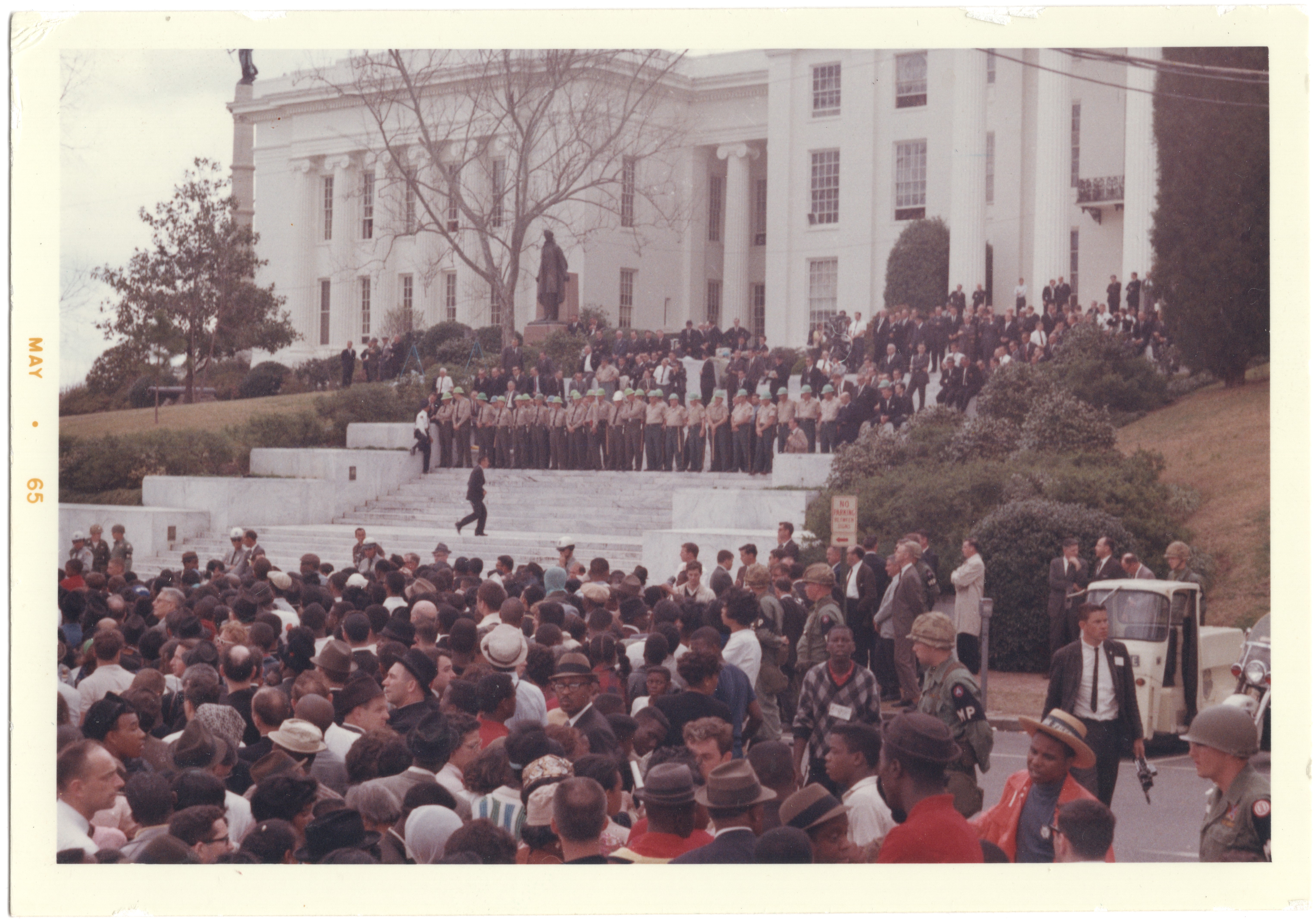
Alabama: Brown Chapel AME Church SelmaBoth the building and the members of Brown Chapel AME Church played pivotal roles in the Selma, Alabama, marches that helped lead to the passage of the 1965 Voting Rights Act. The starting point for the Selma-to-Montgomery marches, Brown Chapel also hosted the Southern Christian Leadership Conference (SCLC) for the first three months of 1965. 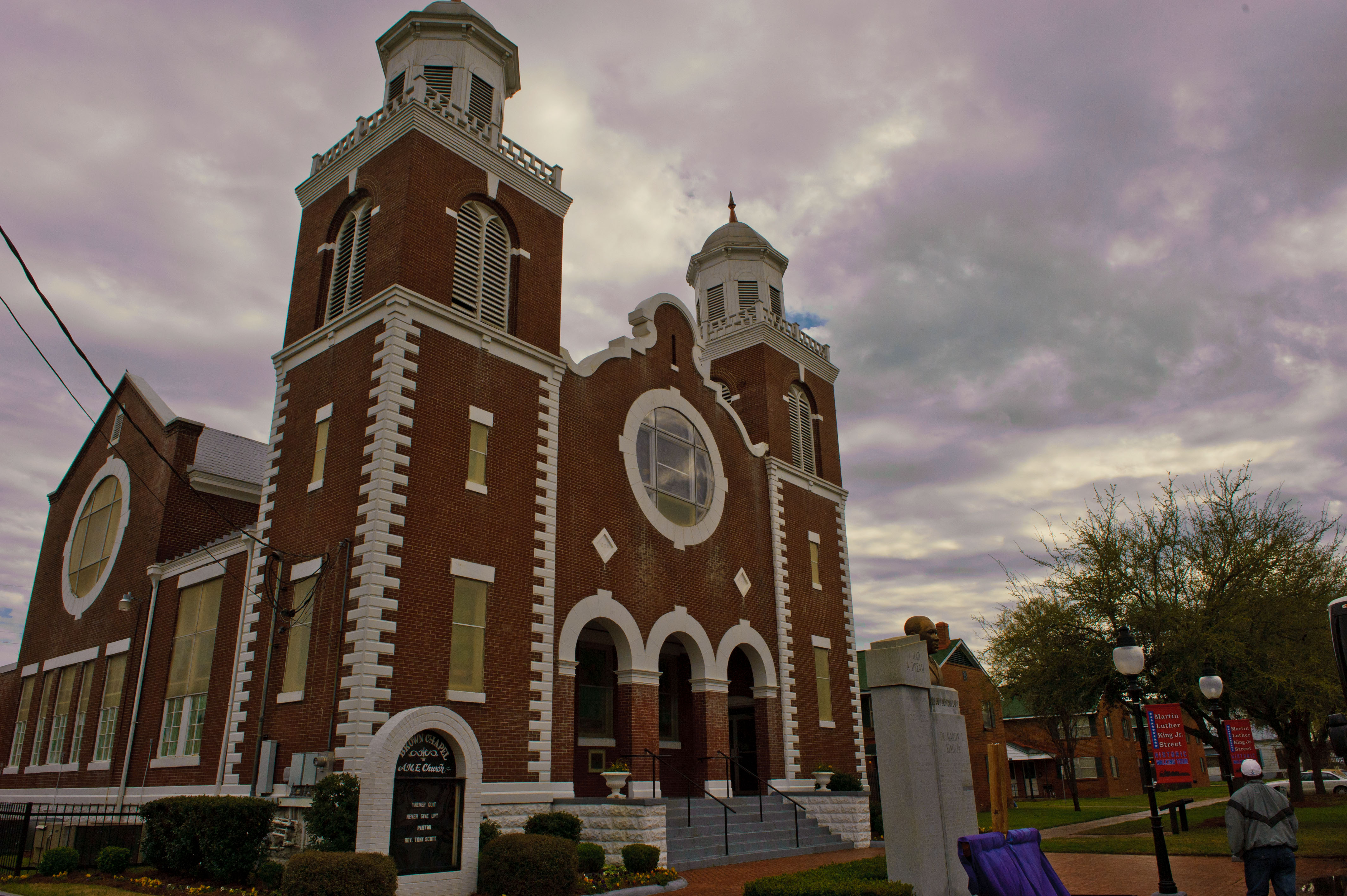
Alabama: Dexter Avenue Baptist Church MontgomeryThis church in Montgomery, Alabama was the backbone of the 1955-1956 Montgomery bus boycott--the first locally-initiated mass protest against racial discrimination and a "model" for other grass-roots demonstrations. The boycott proved how members of a black community could unite in resistance to segregation, and it heralded a new era of "direct action." 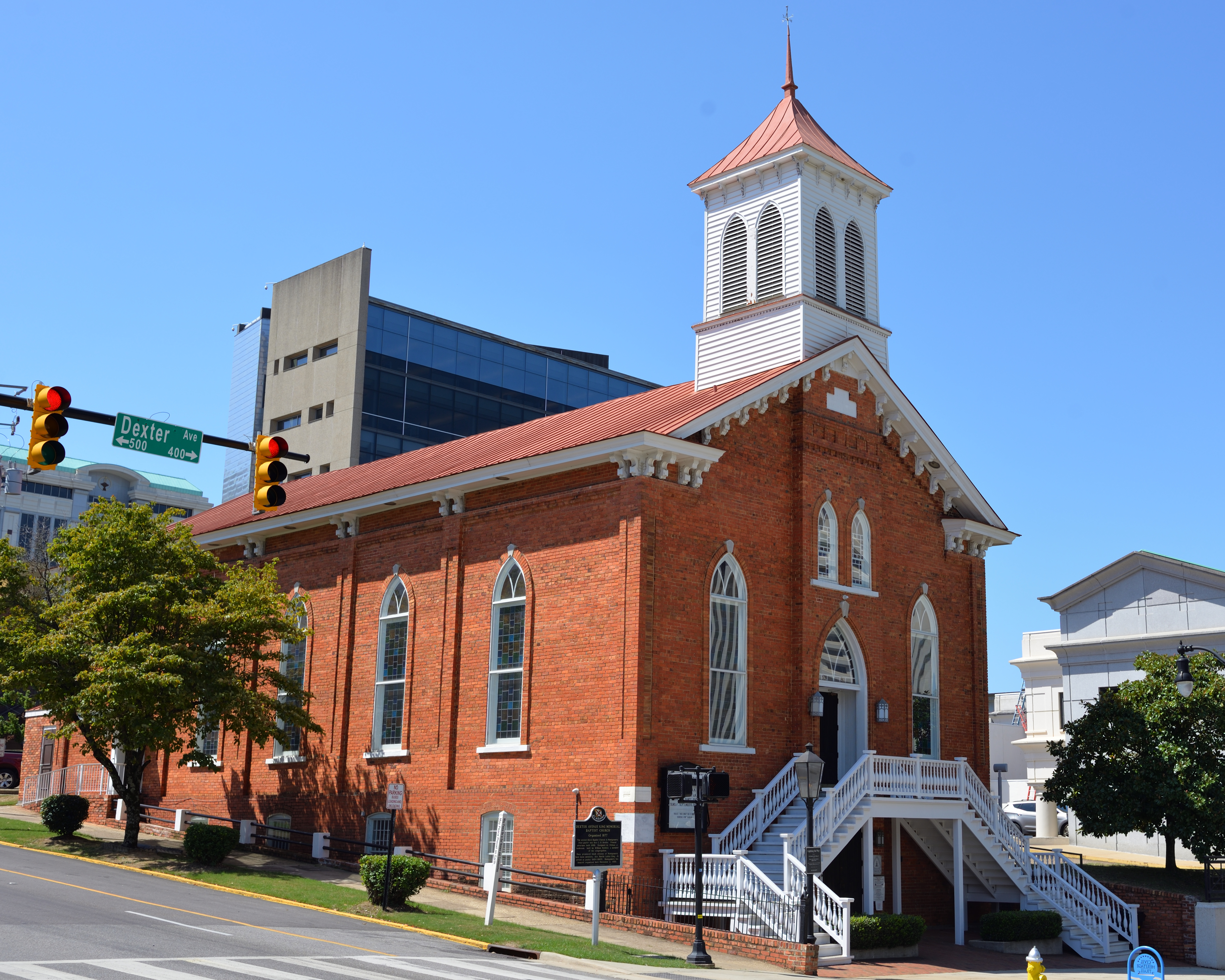
Alabama: First Baptist ChurchFirst Baptist Church, along with its close neighbor, Brown Chapel AME Church, played a pivotal role in the Selma, Alabama, marches that helped lead to the passage of the 1965 Voting Rights Act. 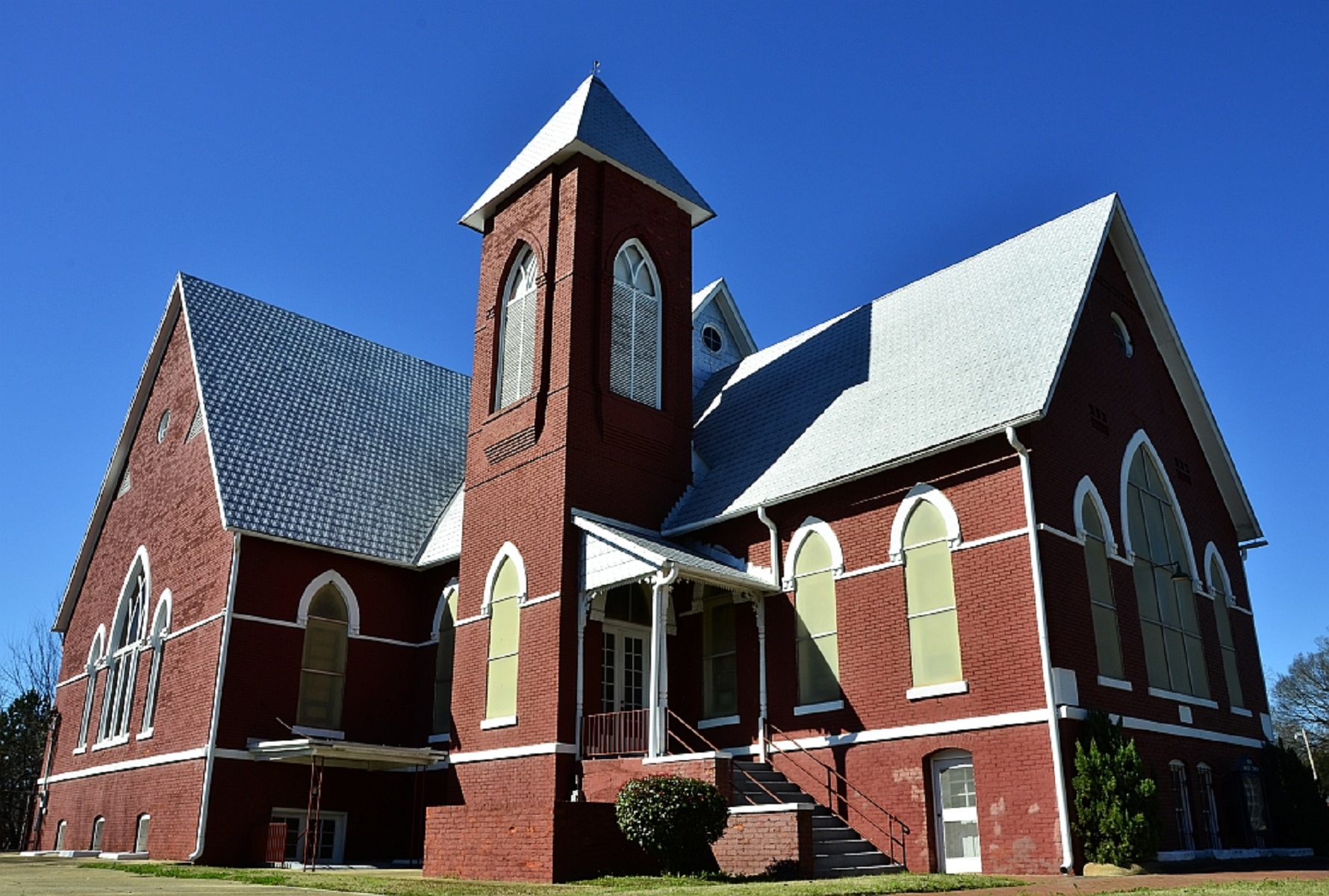
Alabama: Selma to Montgomery National Historic TrailOn August 6, 1965, President Lyndon Johnson signed, the Voting Rights Act of 1965, which extended equal voting rights for African-Americans. As both White and Black non-violent supporters led by Dr. Martin Luther King Jr. fought for the right to vote in Central Alabama, today, you can trace their march toward freedom on the 54-mile trail and connect with their stories at the Interpretive Centers. 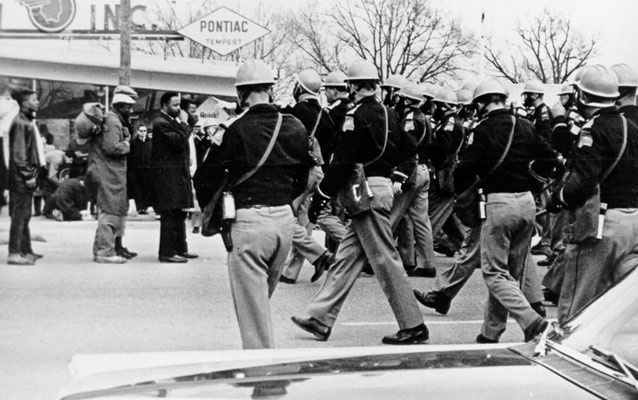
Alabama: The Edmund Pettus BridgeThe Selma-to-Montgomery March for voting rights ended three weeks--and three events--that represented the political and emotional peak of the modern civil rights movement. On "Bloody Sunday," March 7, 1965, some 600 civil rights marchers headed east out of Selma, Alabama on U.S. Route 80. 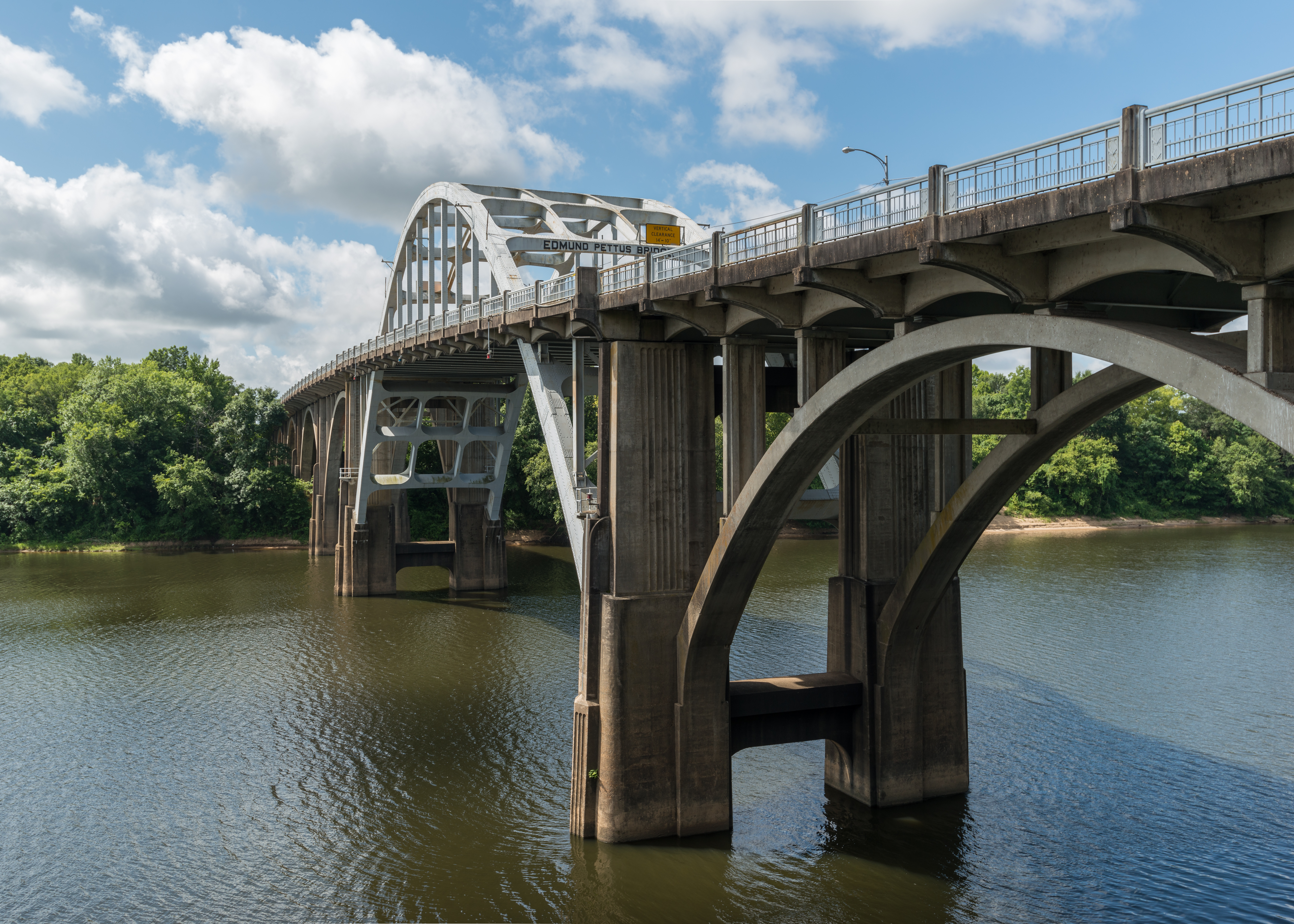
Alabama: U.S. Post Office and Courthouse MontgomeryThanks to a courageous and insightful federal judge--Frank M. Johnson, Jr.--this Montgomery, Alabama, courthouse became one of few official buildings in the South where civil rights claims could receive an impartial hearing and be won. 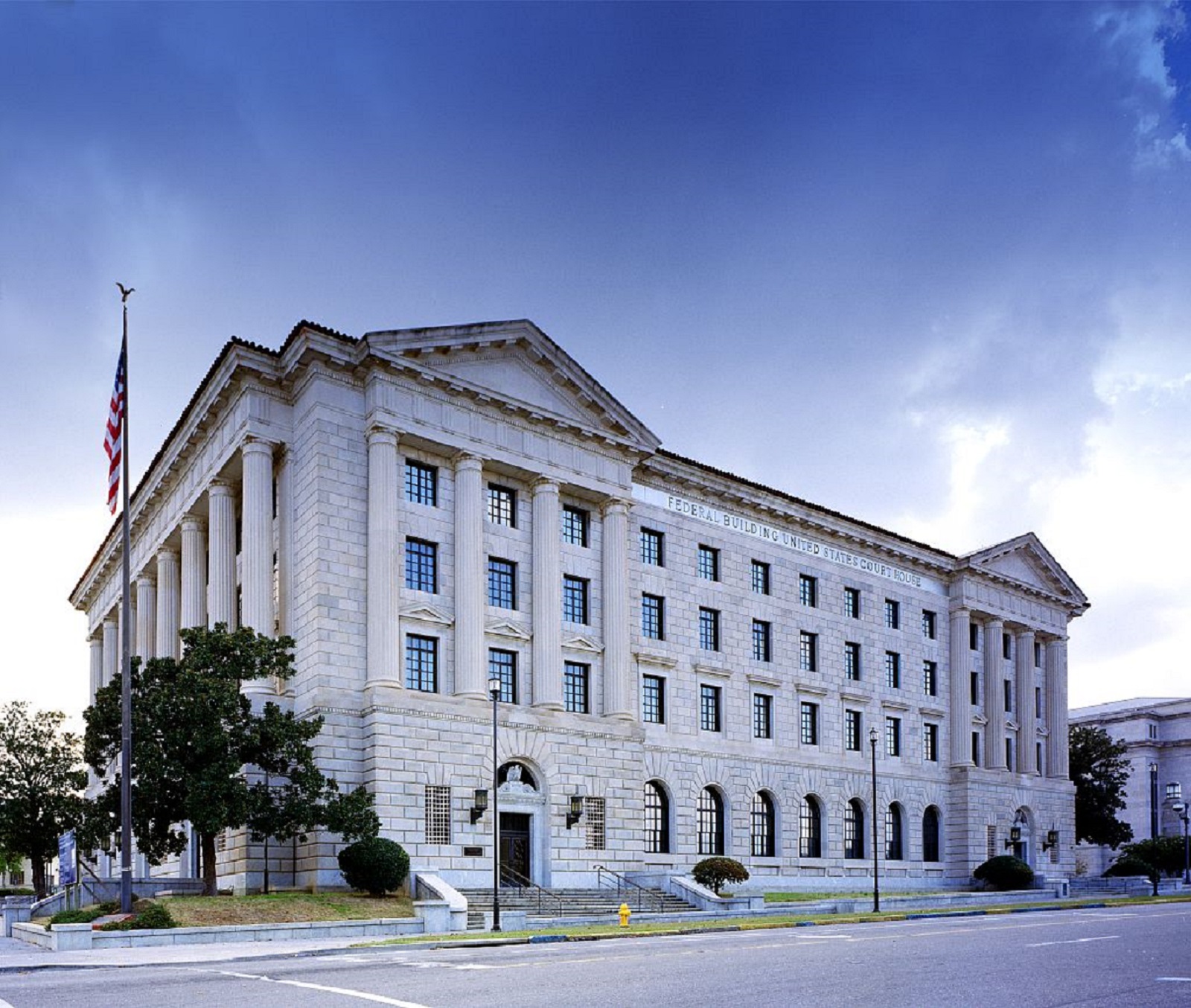
City of St. Jude (Campsite 4)Founded during the mid-1930s by Catholic priest Father Harold Purcell when segregation was the norm in the Southeast, the City of St. Jude Hospital in Montgomery, Alabama pioneered nondiscriminatory health, education, and social services. 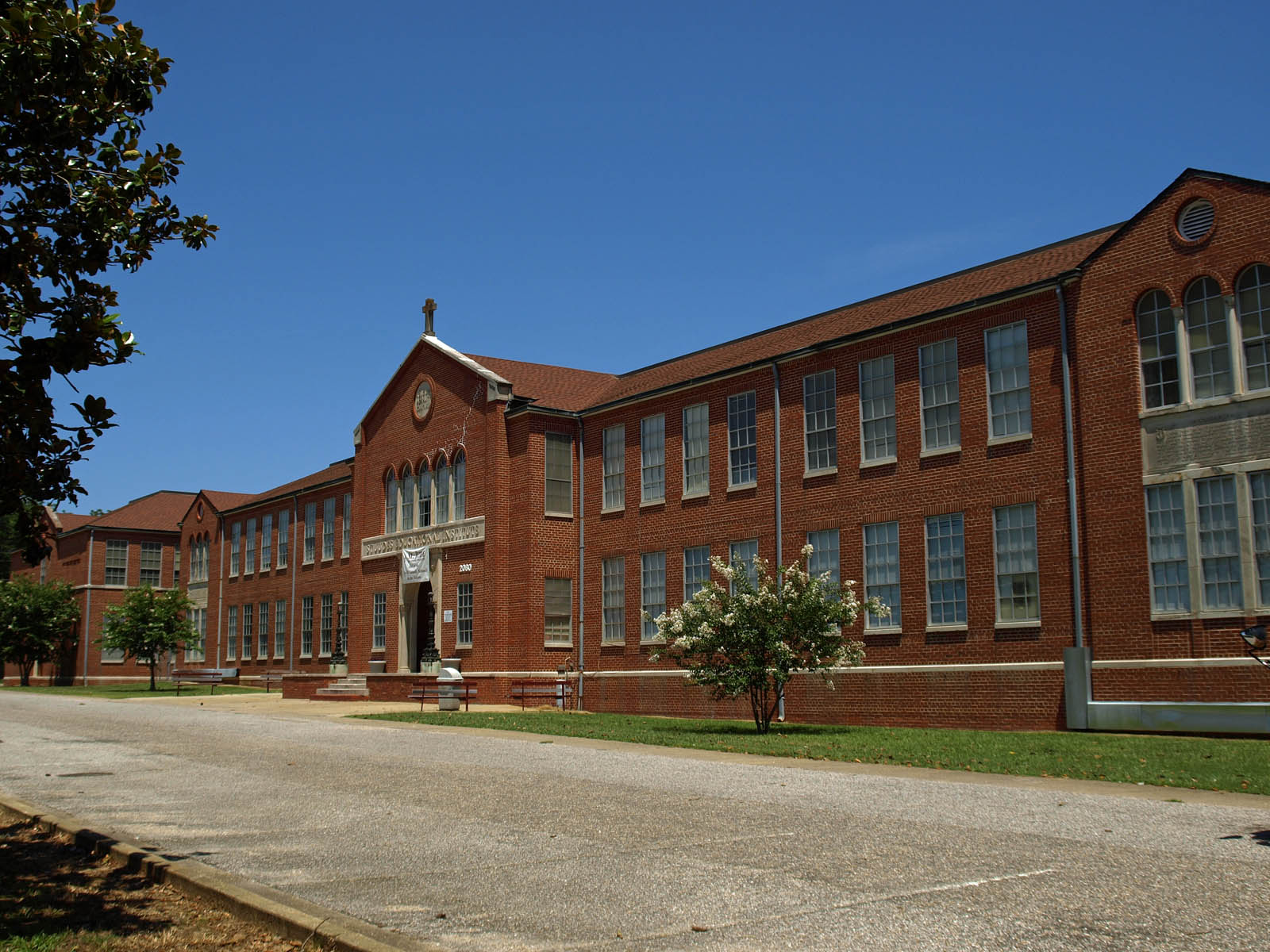
David Hall Farm (Campsite 1)The march from Selma to Montgomery lasted 5 days, 4 nights. The first night, March 21, 1965, thousands camped on the property of Mr. David Hall. 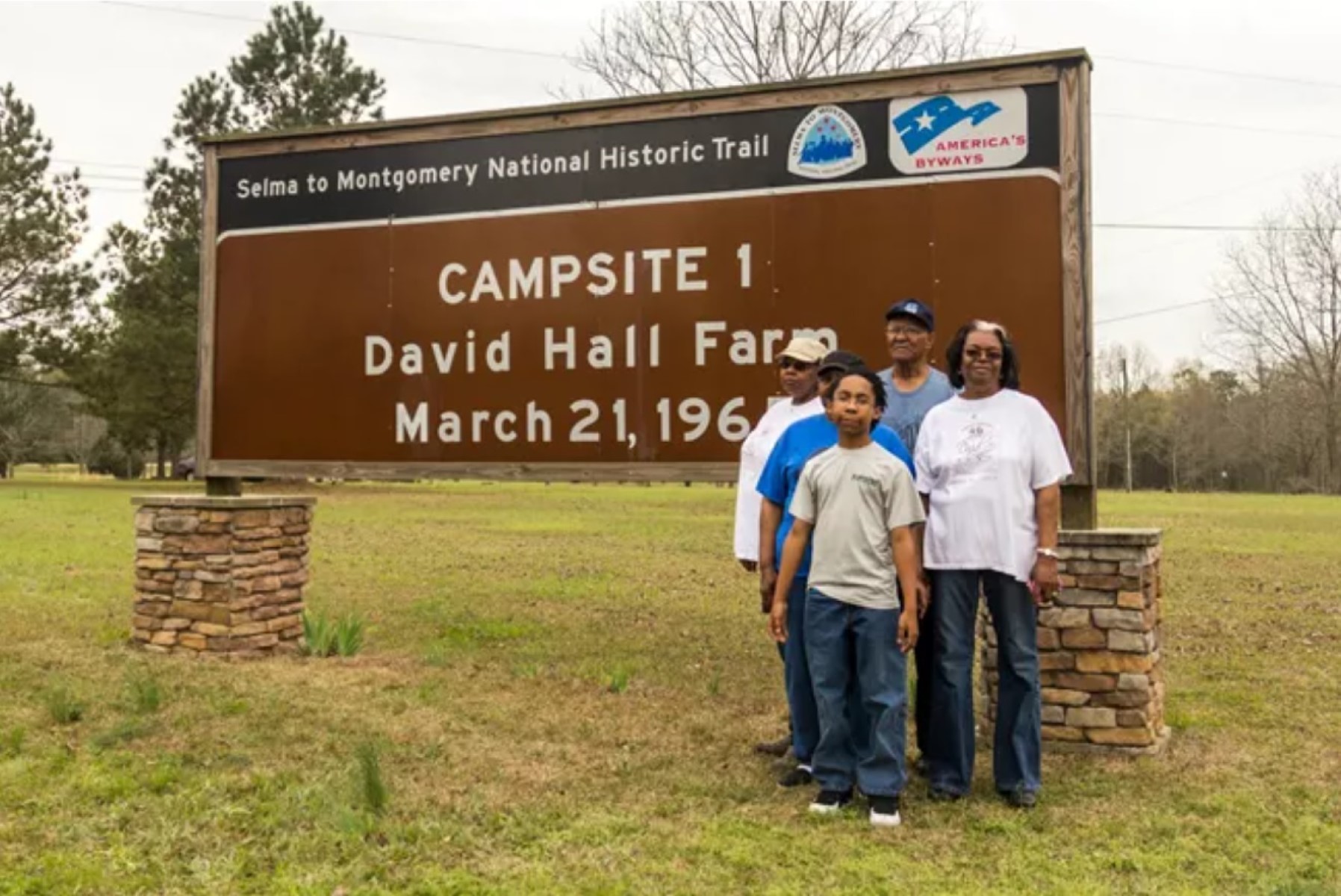
Elmore Bolling Marker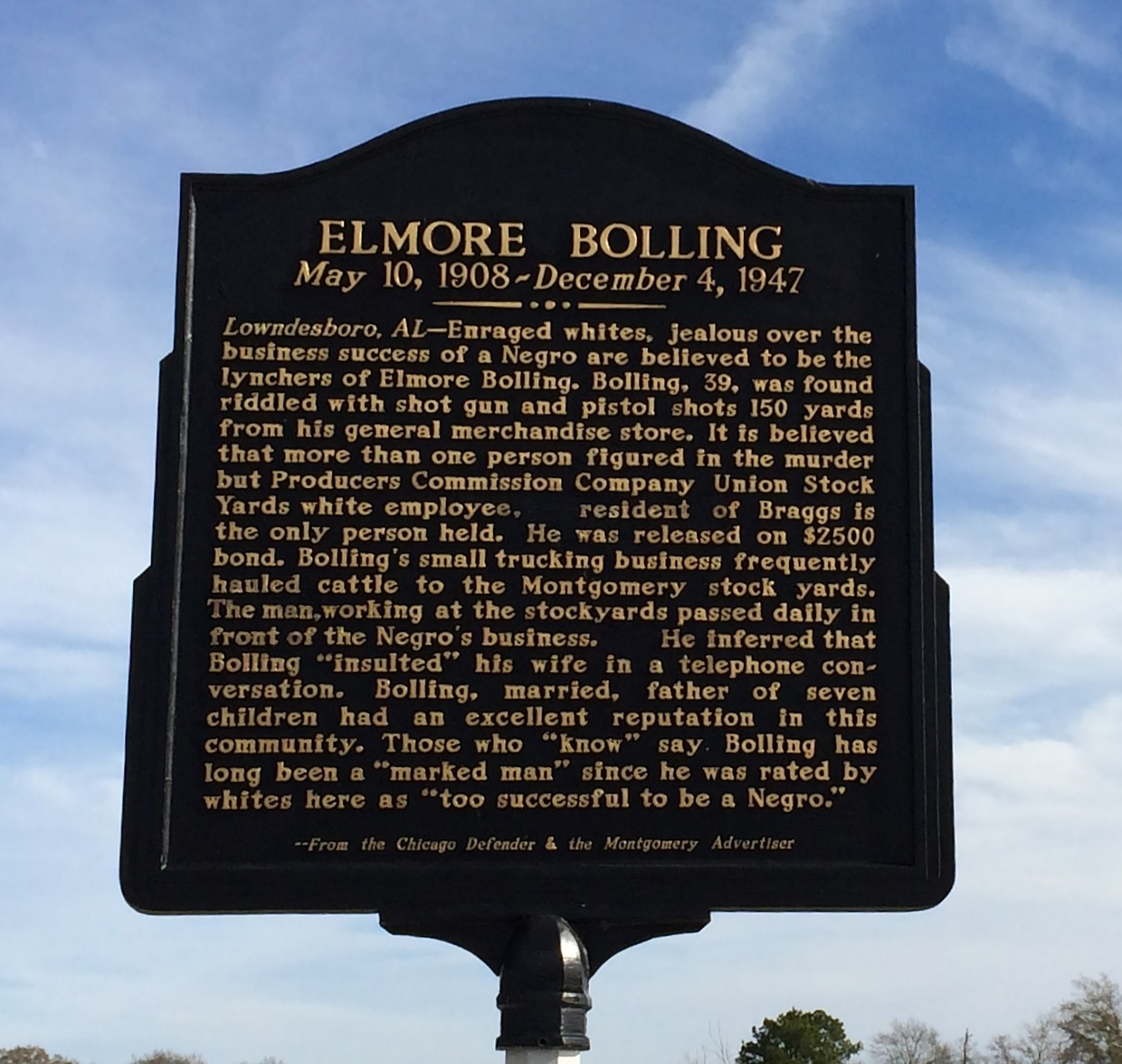
Entering Lowndes CountyAlabama: Lowndes County 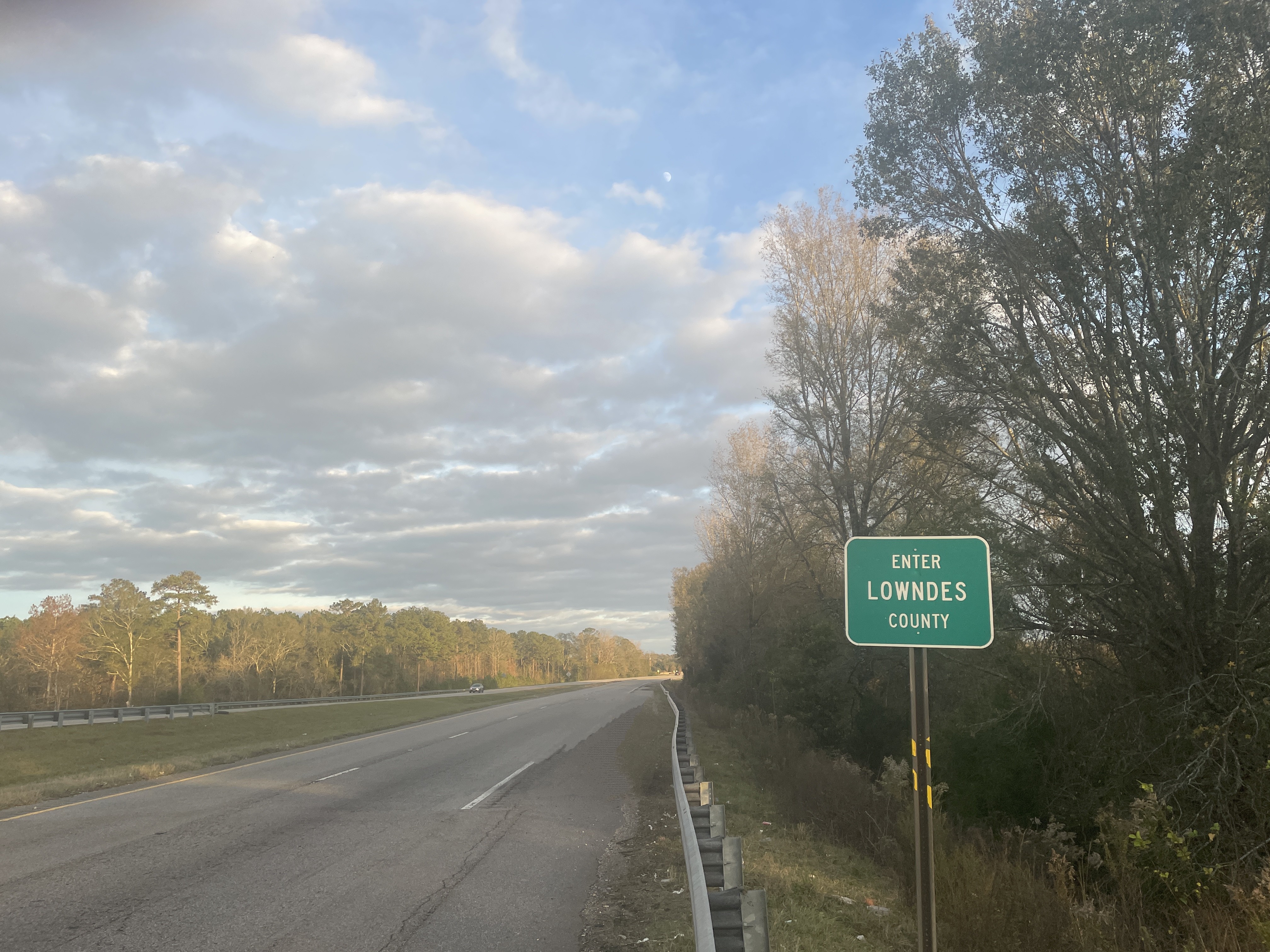
Entering Montgomery County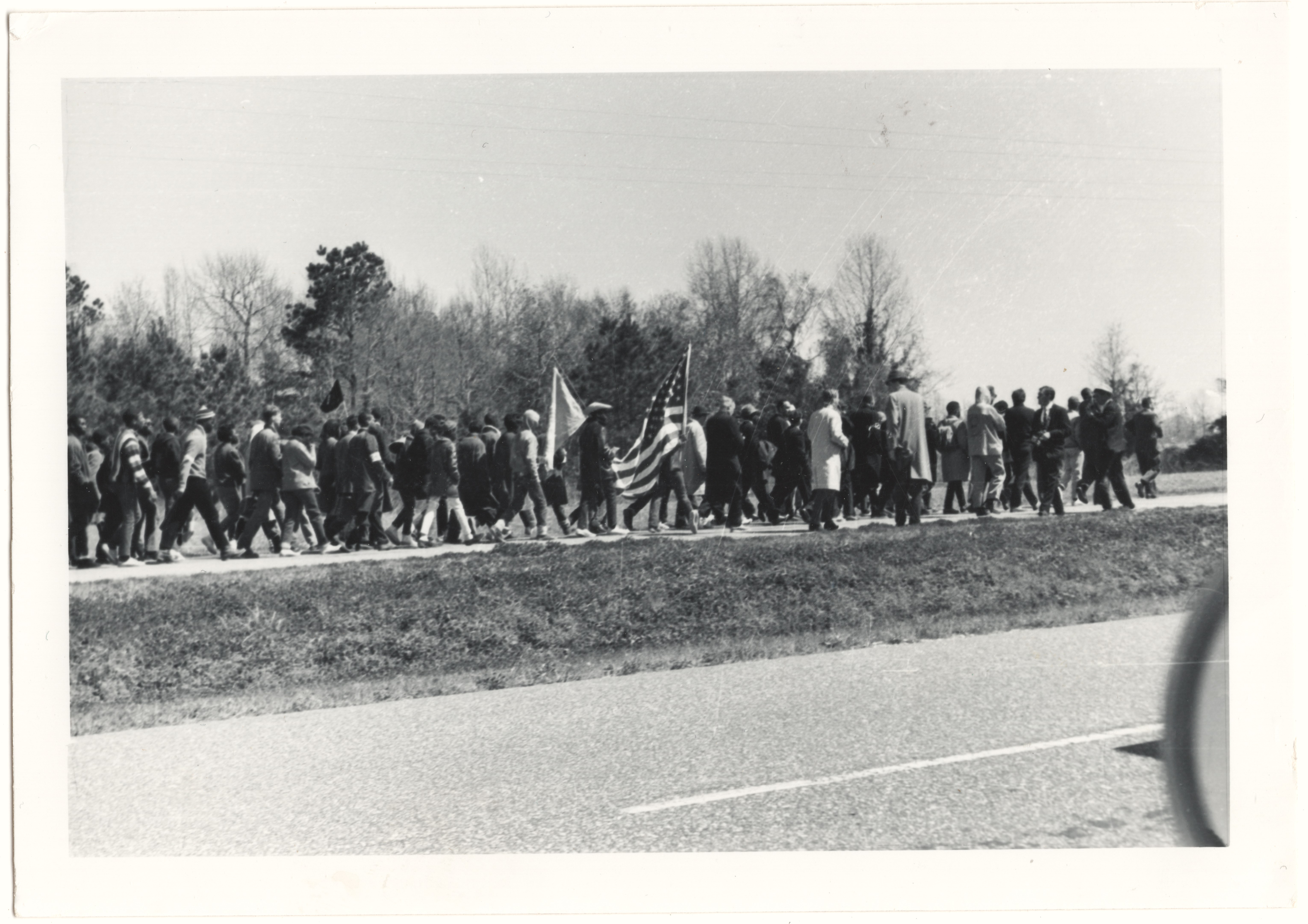
Historic Tabernacle Baptist Church in SelmaTabernacle Baptist Church was the site of the first mass meeting in the Selma Voting Rights Movement. 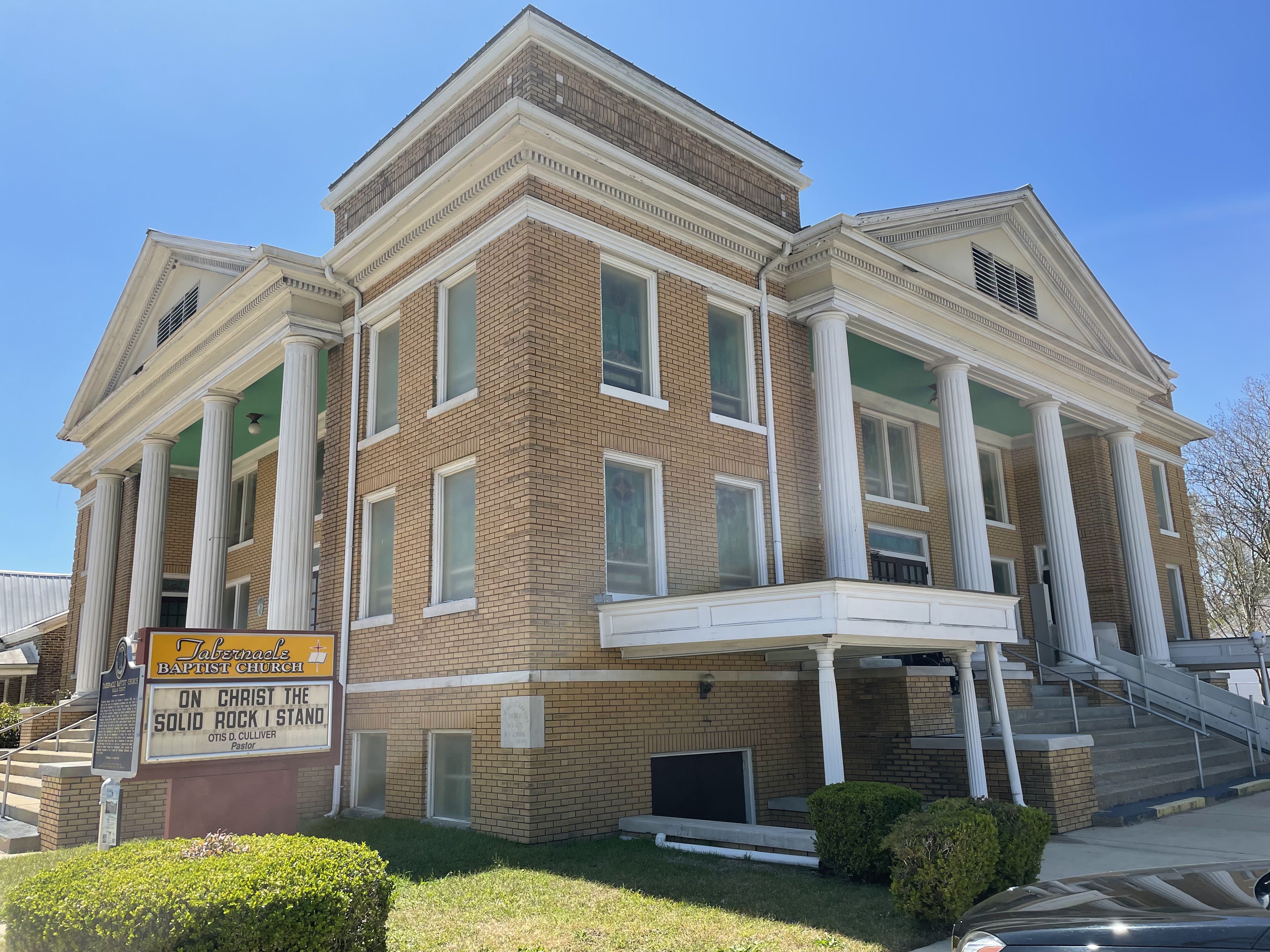
Lowndes County Courthouse
Lowndes Tent City
Lowndesboro Schoolhouse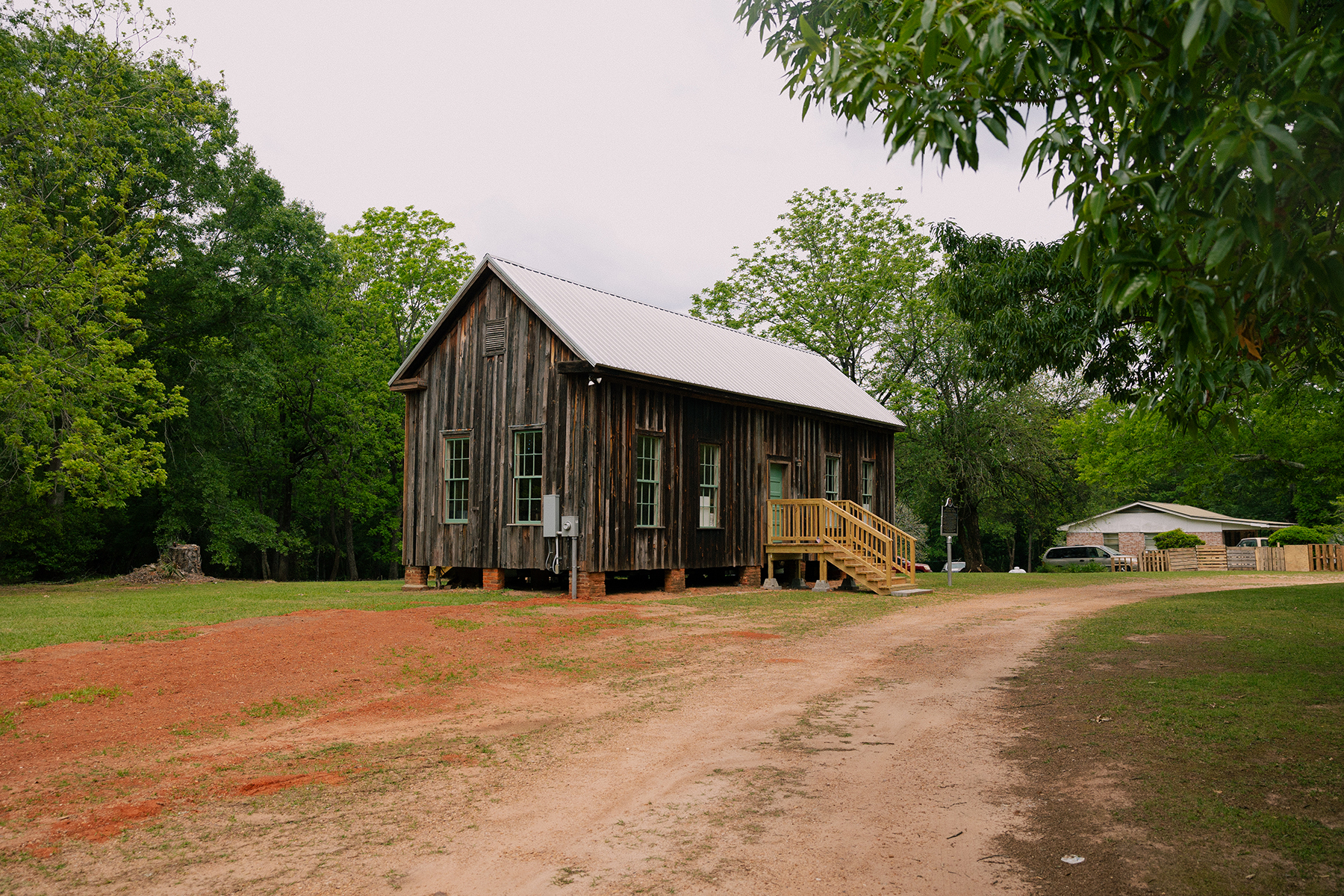
Mt. Gillard Missionary Baptist Church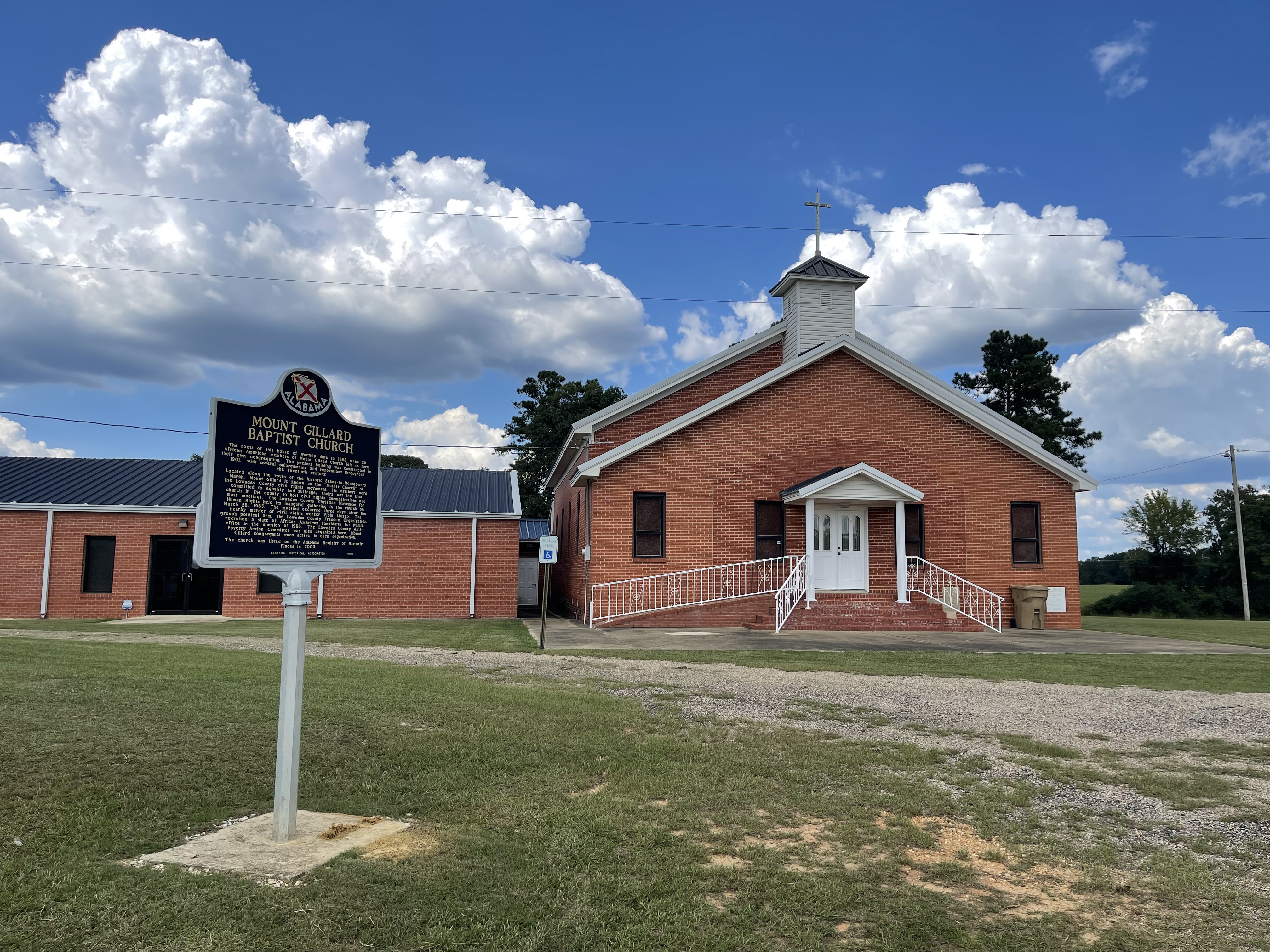
Ramah Baptist ChurchRamah Baptist Church played a role in Alabama's Black Belt Heritage and Civil Rights Movement. 
Robert Gardner Farm (Campsite 3)The march from Selma to Montgomery lasted 5 days, 4 nights. The third night, March 23, 1965, several hundred people camped on the farm of Mr. Robert Gardner. 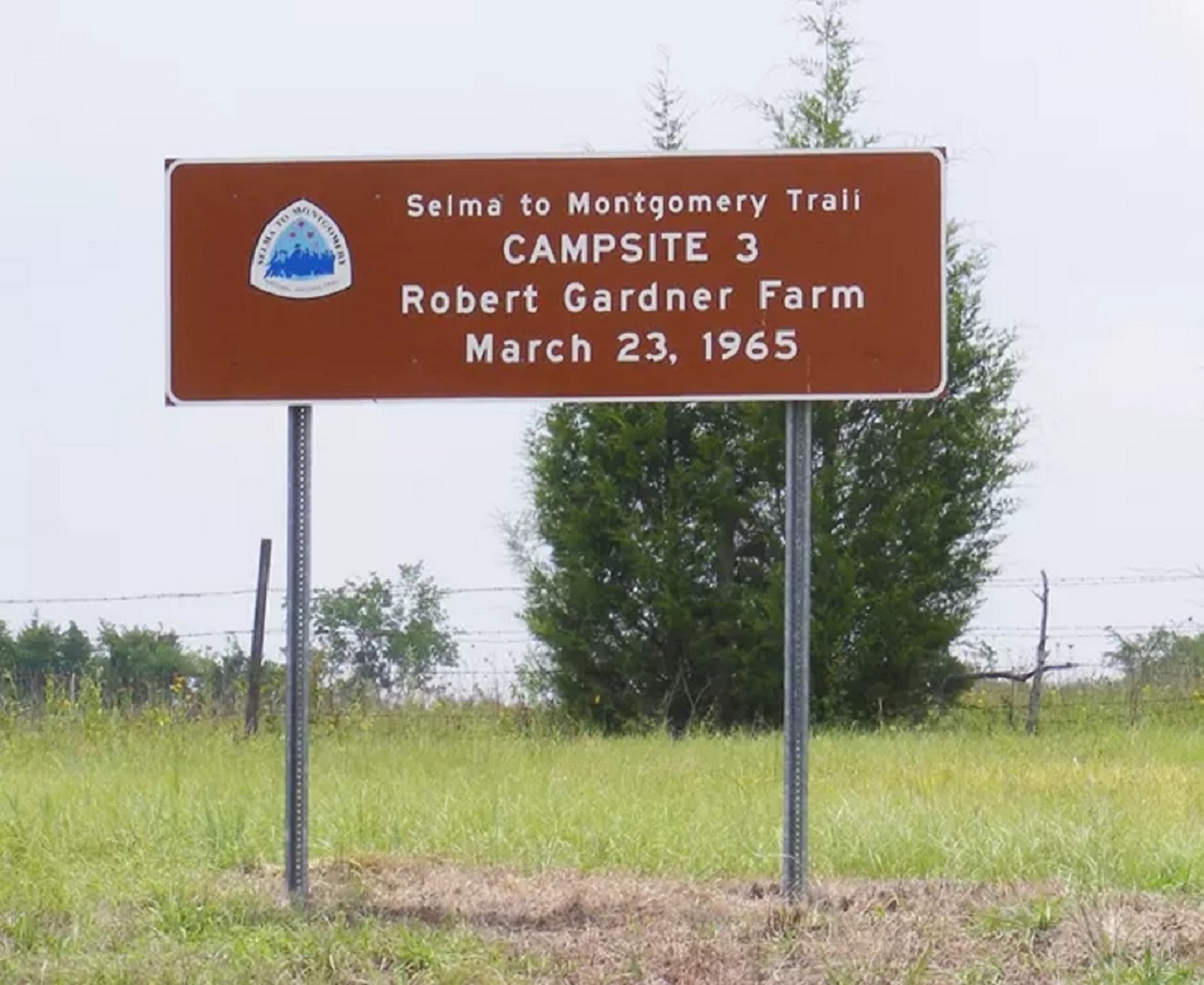
Rosie Steele Property (Campsite 2)The march from Selma to Montgomery lasted 5 days, 4 nights. The second night, March 22, 1965, several hundred people camped on the property of Ms. Rosie Steele. 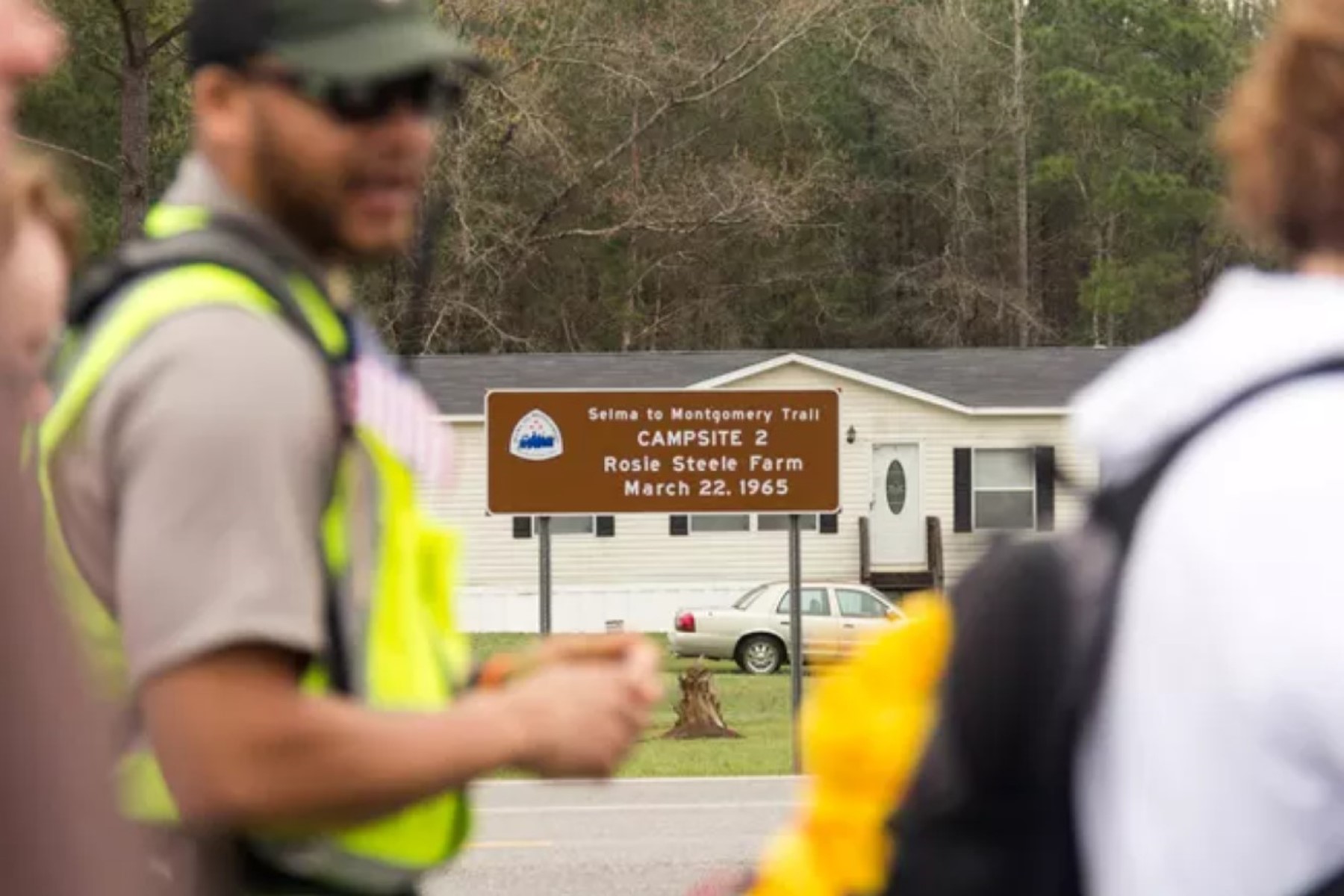
Student Nonviolent Coordinating Committee (SNCC) Freedom House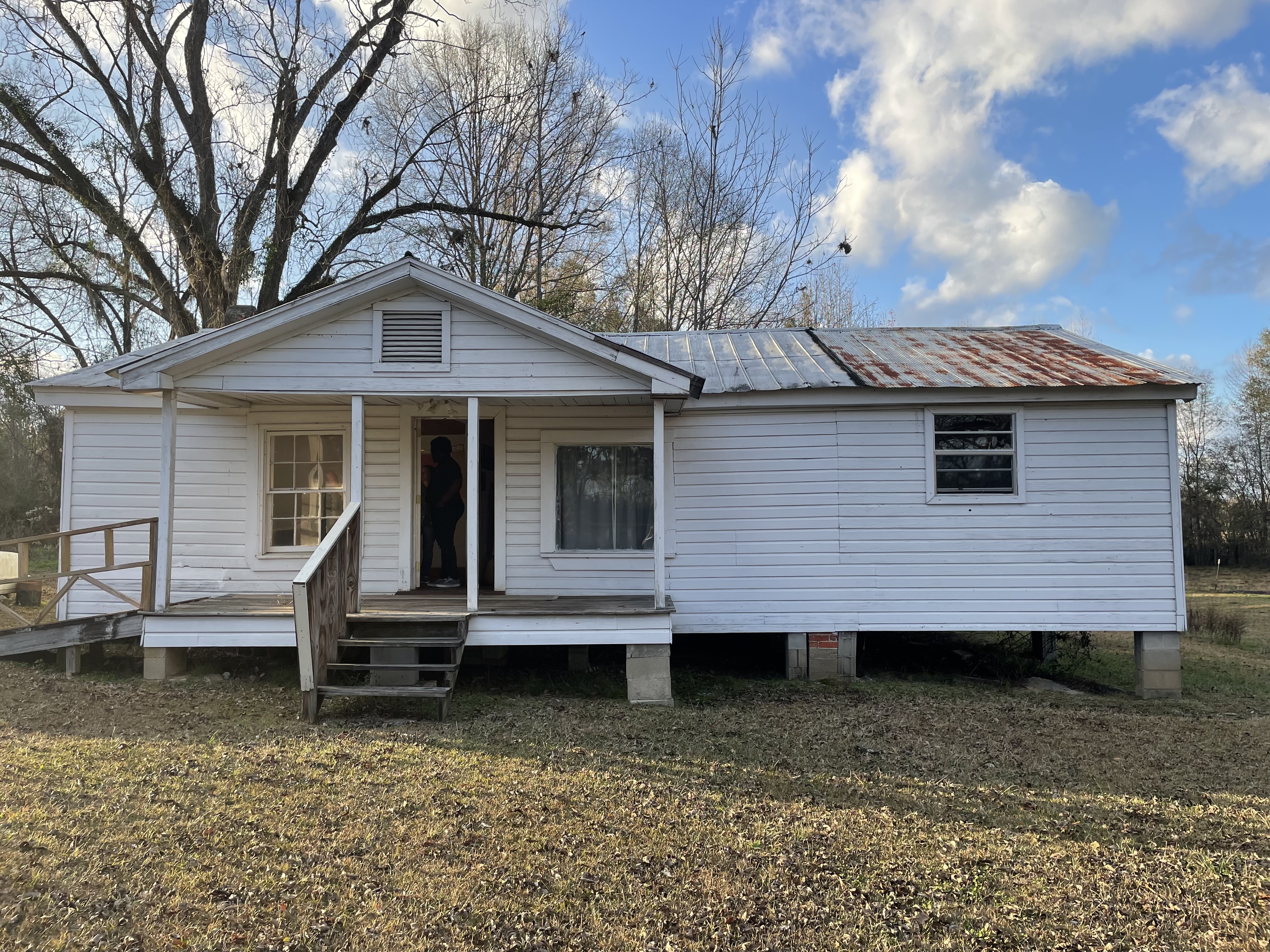
The Calhoun School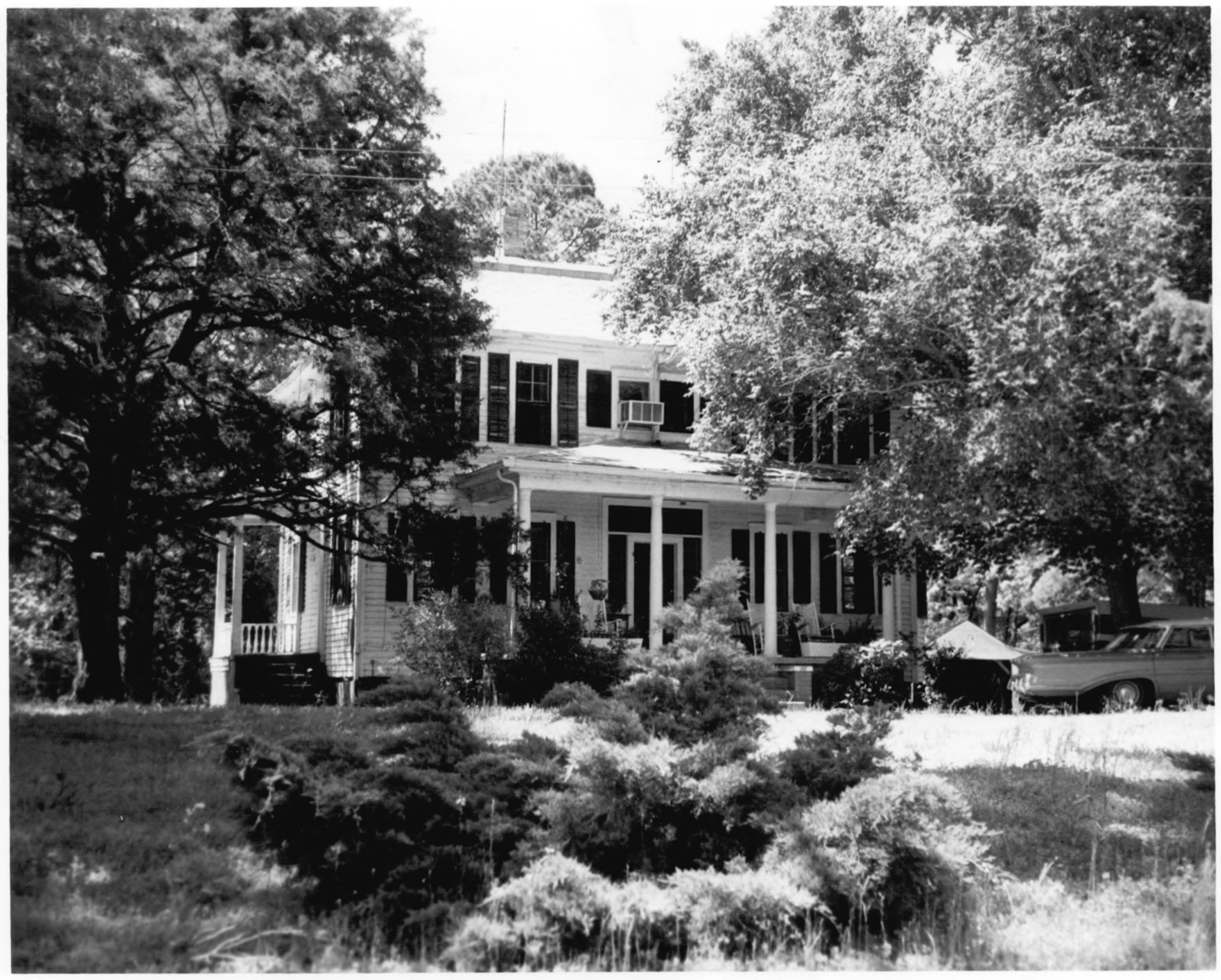
Viola Liuzzo Memorial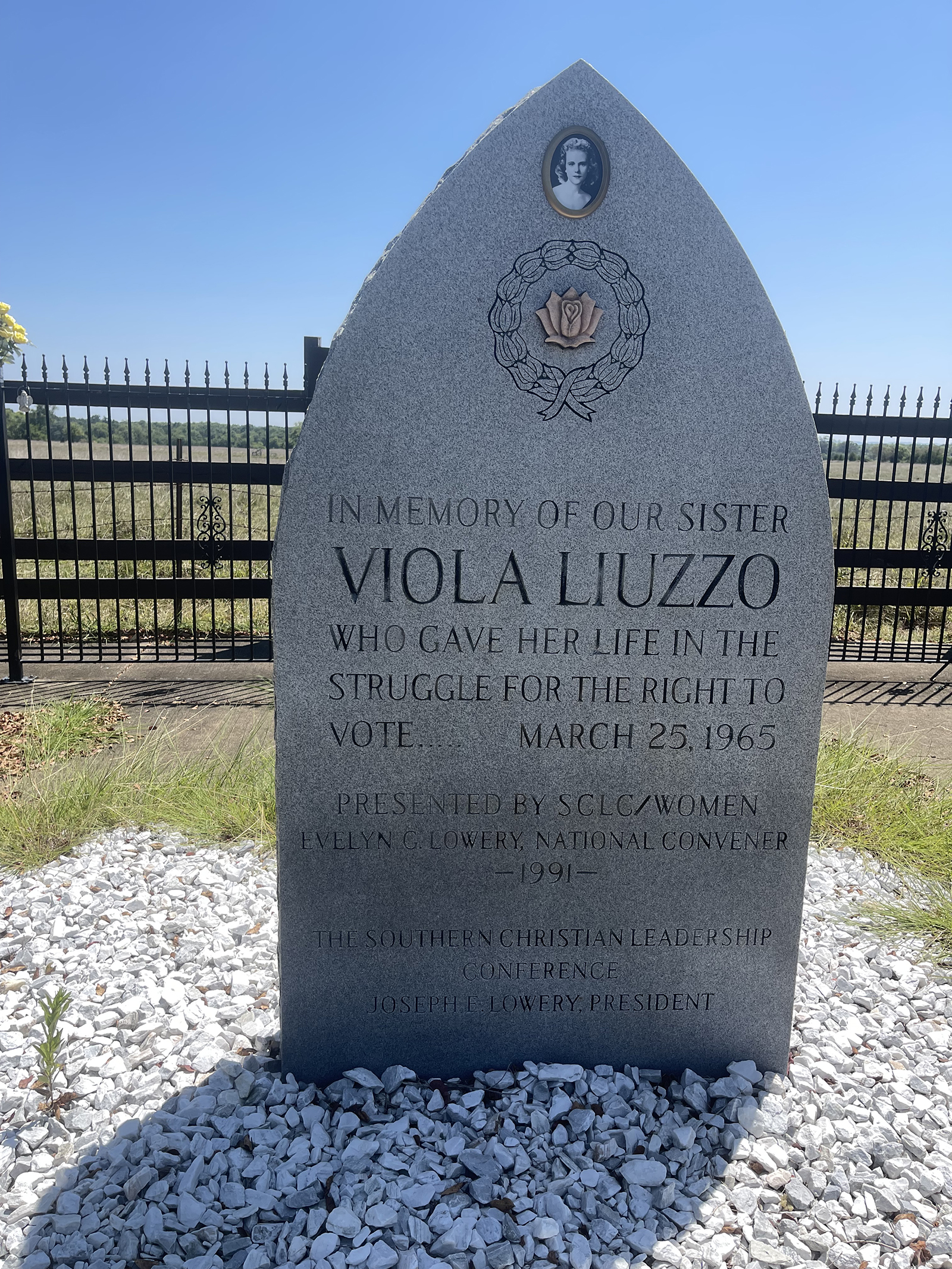
|
| Visitor Centers | Count: 4
Lowndes Interpretive Center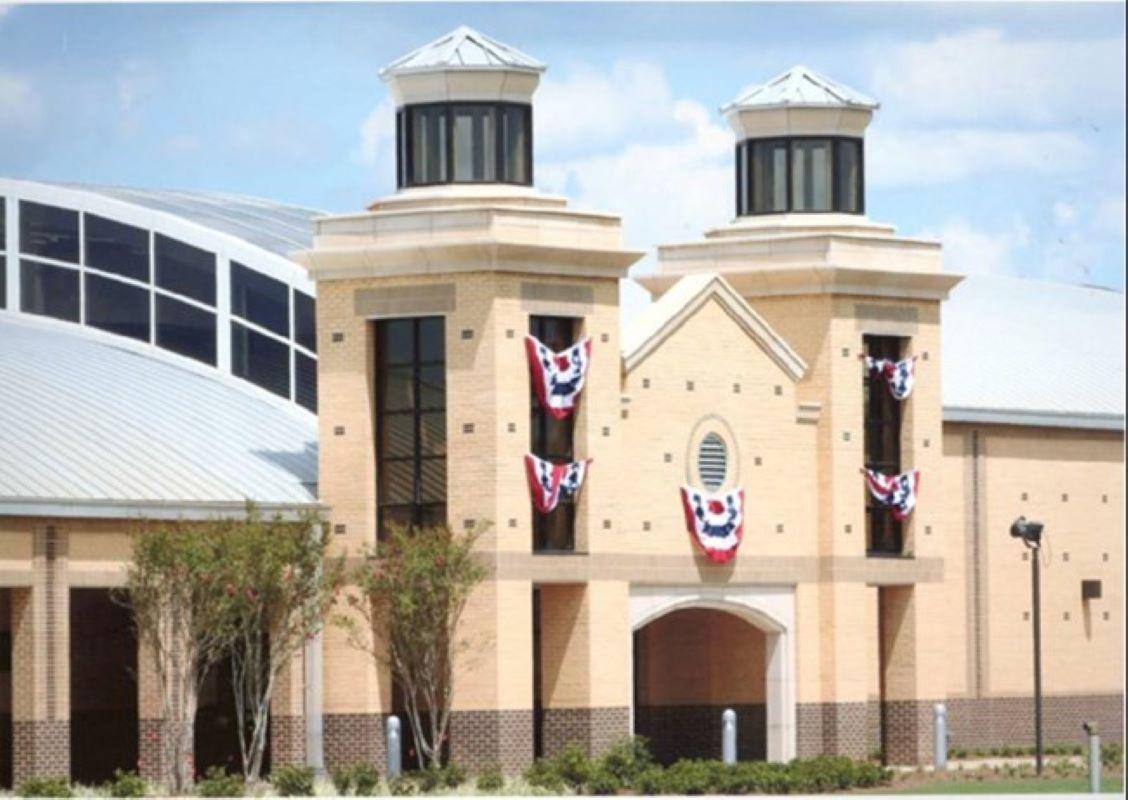
Montgomery Interpretive Center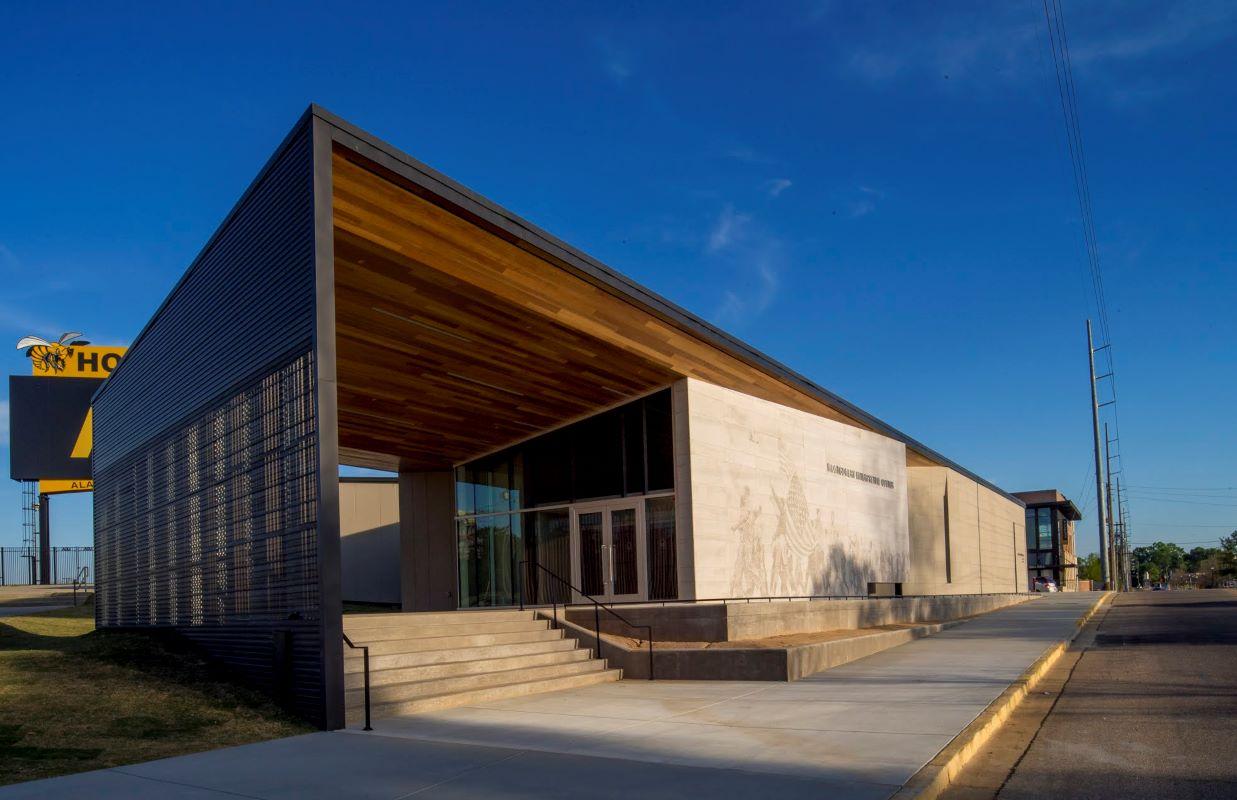
Selma Interpretive Center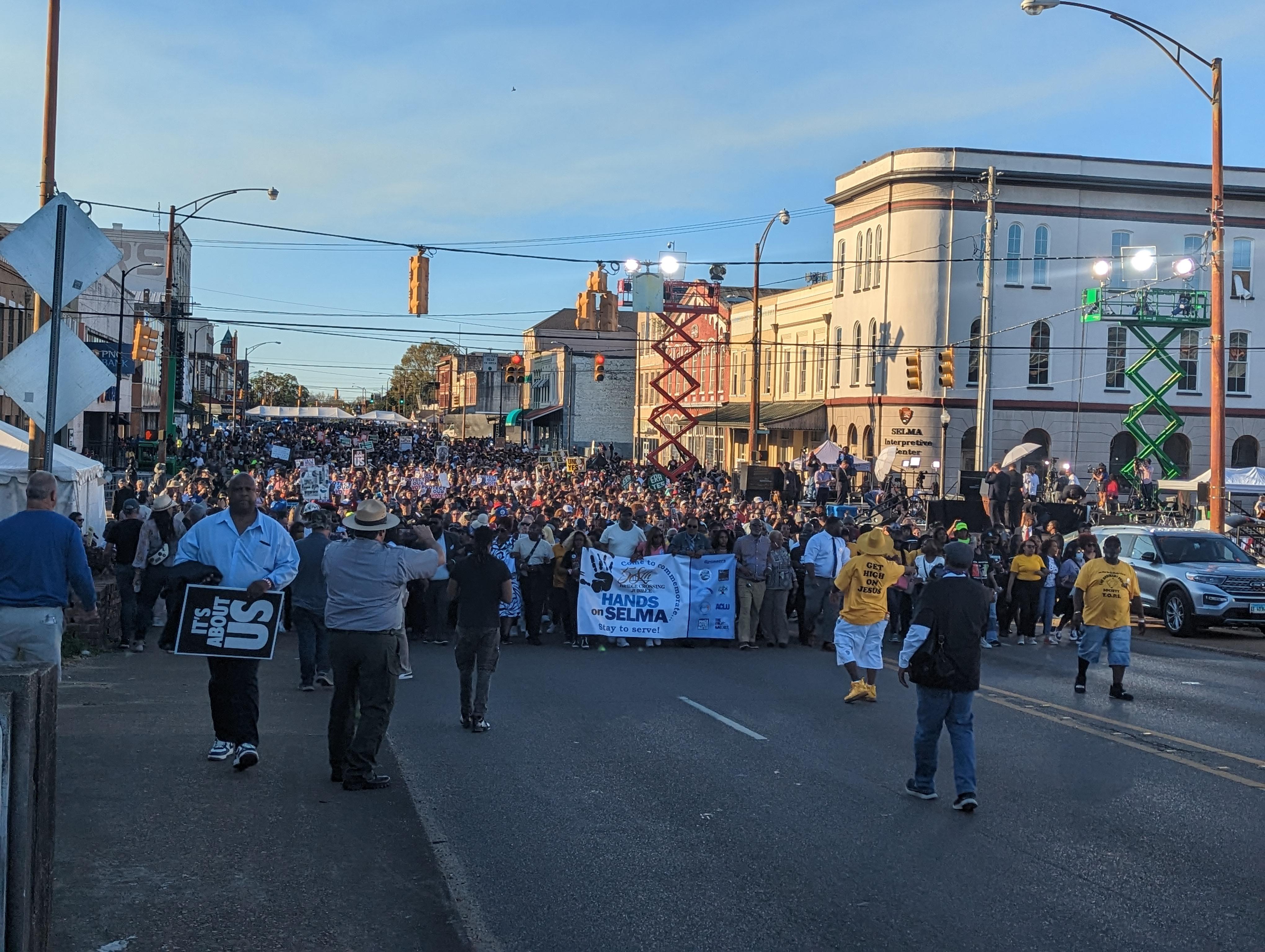
Temporary Location - Selma Welcome Center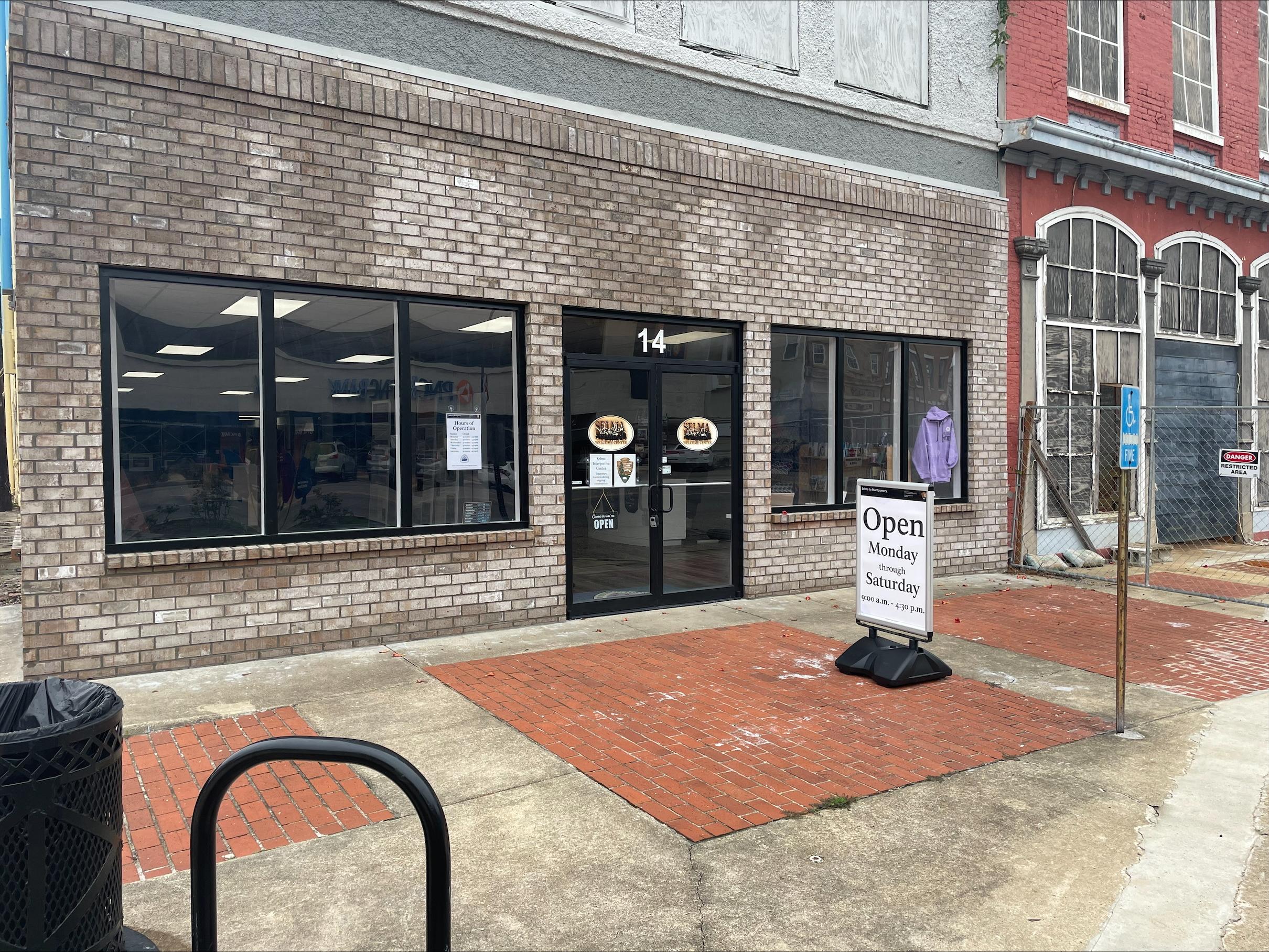
|
| Things to do | Count: 0
|
| Tours |
Count: 2
Lowndes County Driving GuideA driving guide to some of the Historic Civil Rights sites in Lowndes County, Alabama The Selma to Montgomery March Driving TourThe Selma to Montgomery March was a multi-day event, traveling 54 miles from Brown Chapel African Methodist Episcopal (AME) Church on March 21, 1965, in Selma to the steps of the Alabama State Capitol in Montgomery on March 25, 1965. This driving tour will follow the steps of the March, with several stops along the way that can be explored on foot or driven past. To follow the tour with a vehicle, please plan for about 70 miles of travel and 90 minutes of time. |
| Articles |
|